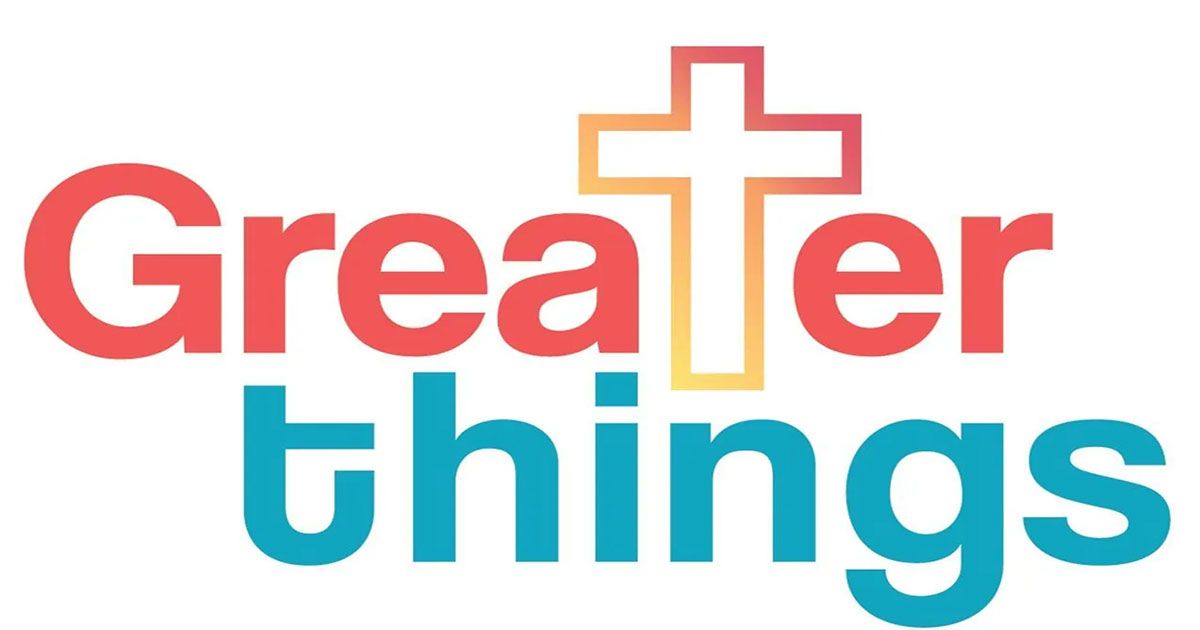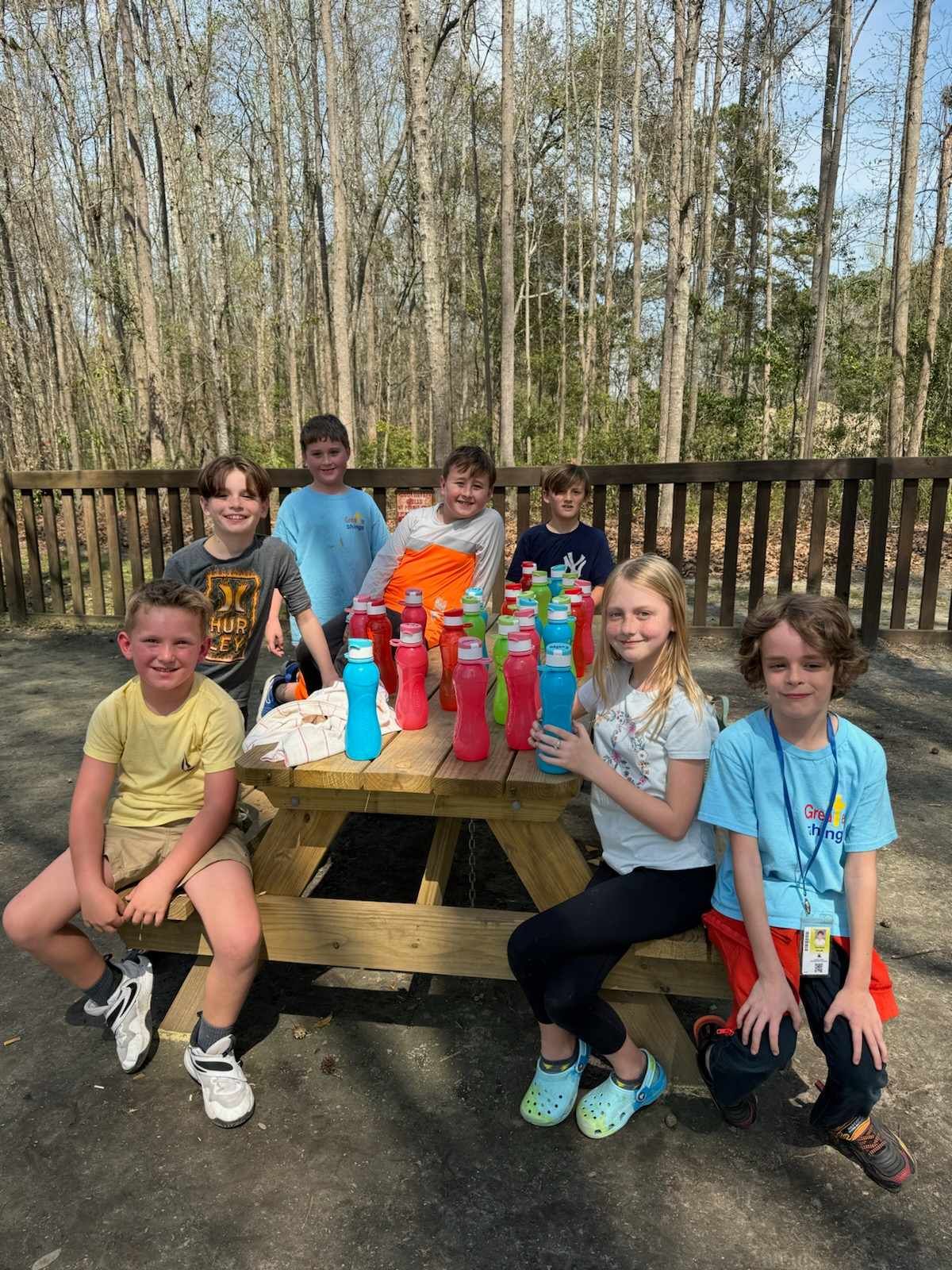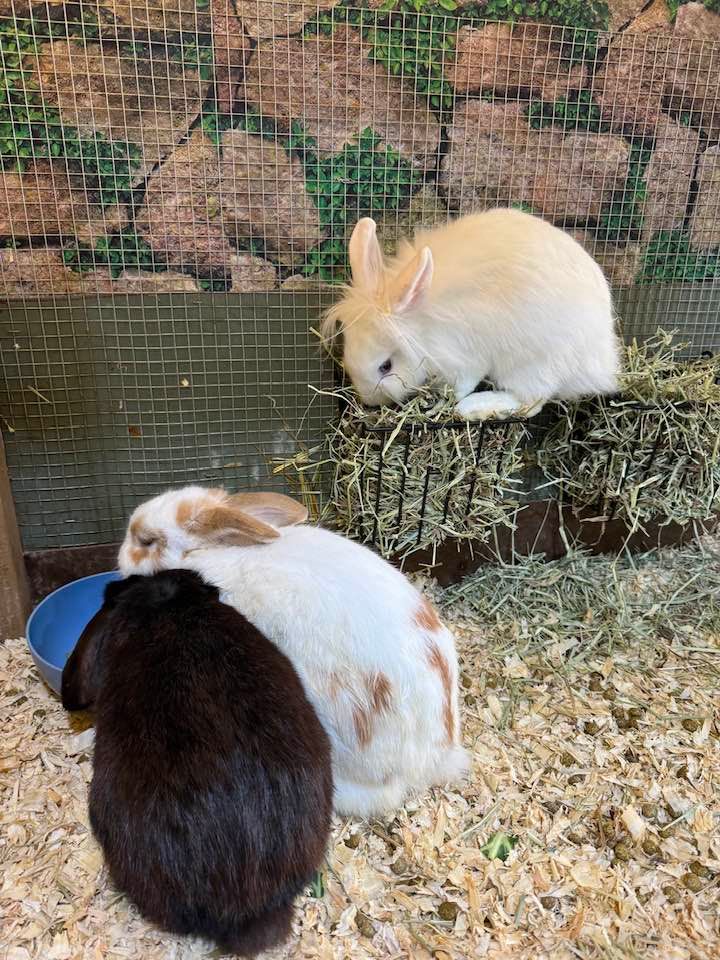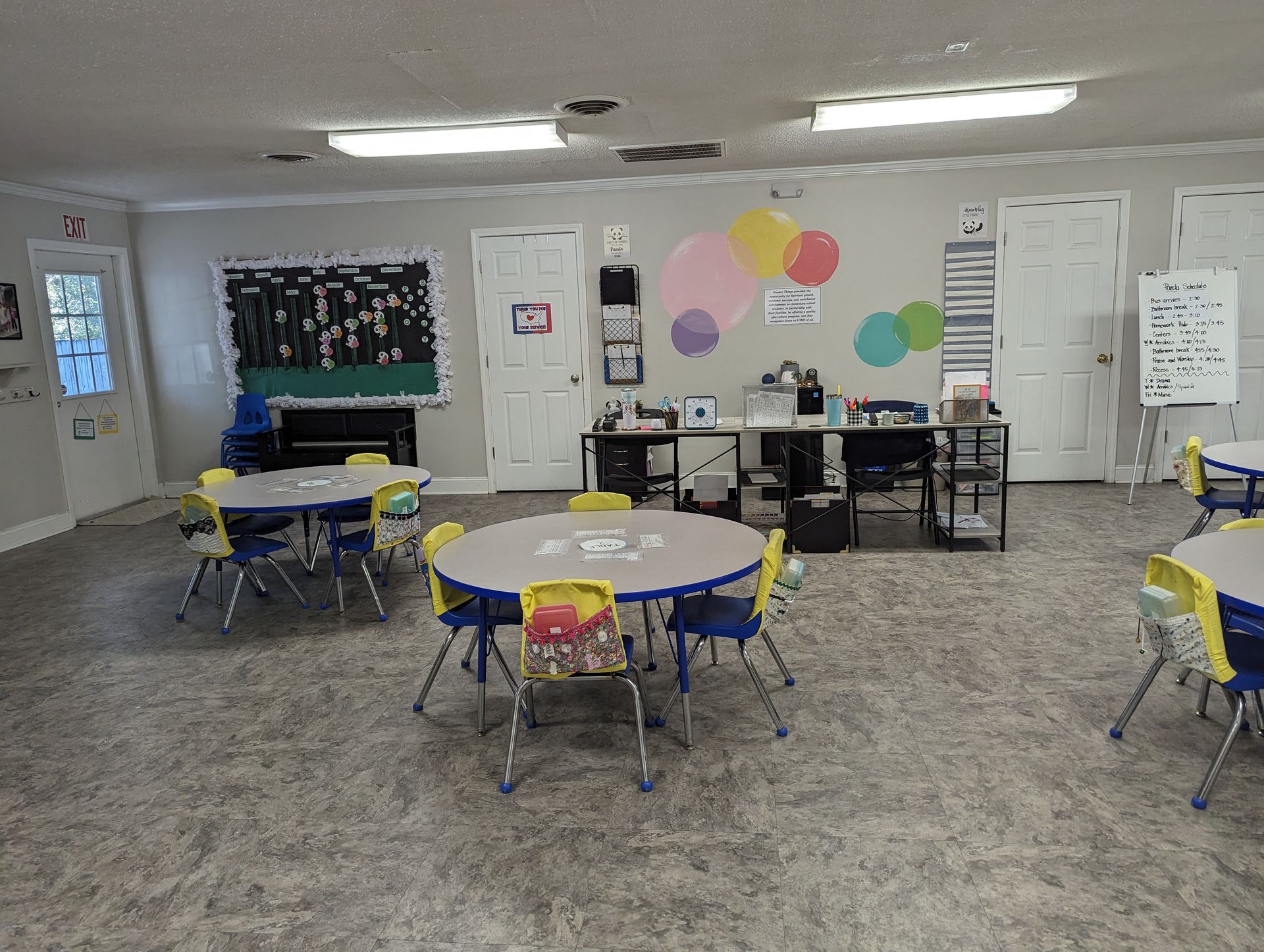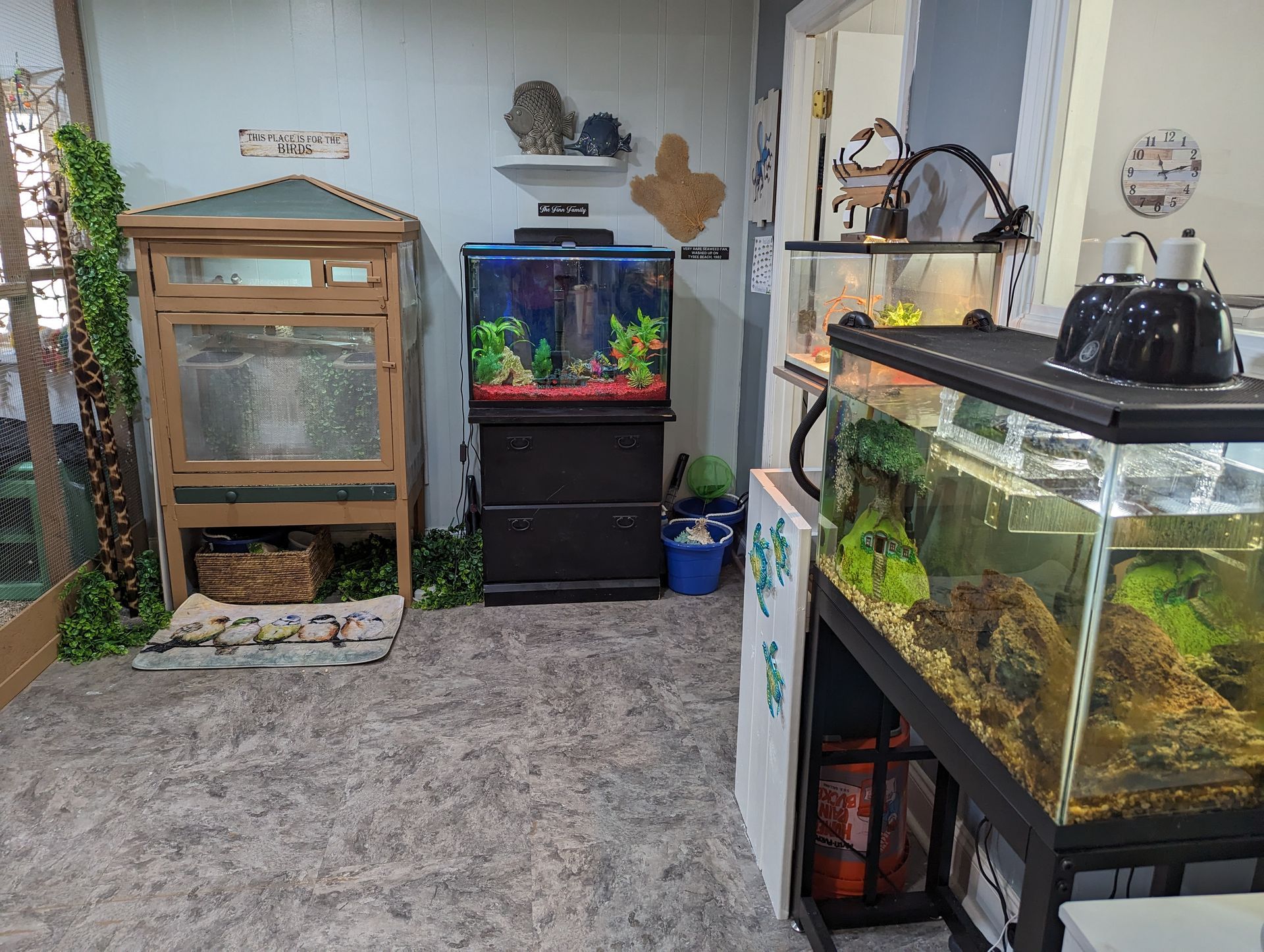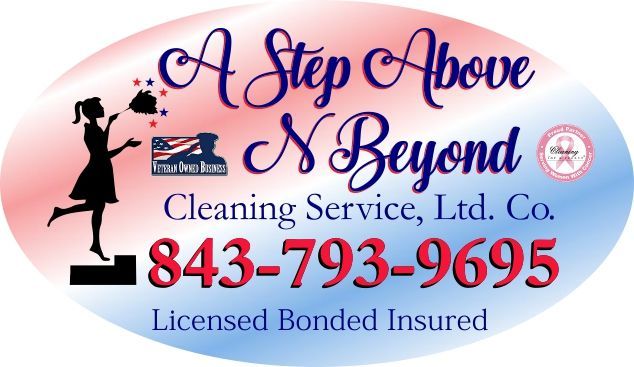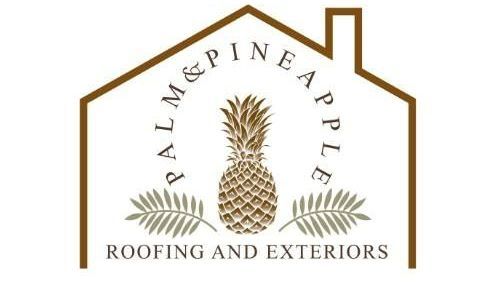Writing Across Disciplines
Math
Writing in a math lesson creates a student’s ability to better examine, determine, calculate, and defend.
Social Studies
Content knowledge is insufficient alone; a student must develop and possess an ability to analyze, synthesize, and evaluate that content within their social studies writing.
English, Lang. Arts
The rhetorical triangle organizes the student’s thoughts to identify speaker, audience, message, purpose, tone, and genre.
The student can analyze any text by choosing one or more of the tenets of the rhetorical triangle on which to write.
Science
Writing hypotheses, lab results, and summarizing research are critical to further explore the sciences, whether it be environmental, life, or physical science.
Project-based learning essential questions are real-world, relevant to the student, questions. Reinholz et al. (2018) postulated, “Common features identified include real-world connections, reinforcement of conceptual understanding, a low floor and high ceiling, multiple solutions paths, and building disposition of professionals in the discipline” (37). Low-floor, high-ceiling questions are ones with simple starts but require rigorous and disciplined research to answer, as problems serve as a foundation for students to be engrossed in the practice of a discipline.
For example, in a mathematical project, the “problem” or essential question should have four features: 1) accessibility 2) multiple solution paths 3) insight into mathematical concepts 4) enough information to further explore the discipline. Principles one and four are low floor, high ceiling for rudimentary beginnings but a great deal of challenge to complete (Reinholz et al. 2018, 38). Students should choose projects and essential questions that they are interested in and will have fun exploring and researching.
Writing across disciplines requires students to form an argument (Walkova & Bradford, 2022). Lee and Deakin’s (2016) definition for an argument is “developing and defending a position; appealing to a reader’s logic and emotion; anticipating and countering a reader’s reactions; and aligning with or distancing oneself from cited sources” (21). The essential question is a claim on what the student wishes to answer. The research is the evidence to support that claim. For example, a claim could be that a 15% service charge should be added to a restaurant bill instead of tipping on the total of the bill (Walkova & Bradford, 2022, 24). The student gives evidence to the claim, resulting in counterarguments, resulting in acknowledging a rebuttal. Based on the final results, a student can articulate or confirm a solution to the question or reject the question altogether. The conclusion of any PBL could possibly be that ‘more research needs to be completed to adequately support the claim.’
There is a valid and strong design for knowledge building through argument, with each section of the argument scaffolding on the next one provided. The template for PBL is as follows:
Essential Question
Details of Research Process
Results or Findings
Evaluation or Explanation
TDC Disciplines Broken Down by Sections
Science
- Entomology
- Bug Identification Log Book for Kids
- Fascinating Bug Book for Kids, 500 Startling Facts.
- Toney, K.M. (2021) Callisto Publishing
- Exploring Nature
- Andrews, K. (2019). Rockridge Press
- My Heart’s Garden
- Rios, C. (1995). Author.
- Life Cycles
- Kindersley, D. (2020). Penguin Random House
- Botany/Environmental
- Gardening
- Creating and Sustaining
- Recycling
- Science Behind the Art
- Composting
- Vermiculture
- Liquid Gold Soil
- Zoology
- Mammals
- Rabbits, Guinea Pigs, Hamsters
- Reptiles
- Bearded Dragon, Spotted Leopard Gecko
- Amphibians
- Frogs
- Fish
- Biology
- All Living Things
- Hydrology
- Movement, Occurrence, and Physical and Chemical Characteristics of Water
- Chemistry
- Baking Bread
- Culinary Arts
- Grade-Level Science per Child
- Anatomy & Physiology
- Human Body
Math
- Finance
- Budgeting
- Animal Supply Costs
- Animal Food Costs
- Planning Meals for 45 People
- Starting a Business
- Pseudo Business Plans
- Math Facts
- Long Division
- Fractions
- Cooking Measurements
- Making Change
- Grade-Level Math for Each Child
English/Language Arts
- SAT Words
- Definition
- Connotation
- Part of Speech
- Affixes
- Examples
- Illustrations
- Content Vocabulary
- Academic Words in Each Genre
- Grammar
- Syntax
- Formulaic Syntax®
- S/V
- Intro + S/V
- S/V + C/C + S/V
- Intro + S/V + C/C + S/V
- Parts of Speech
- Noun
- Verb
- Pronoun
- Adjective
- Adverb
- Preposition
- Clothesline Grammar
- Activity Where Students Choose Words and Hang Them on a Clothesline to Create a Sentence With Correct Syntax
- Writing
- Creative
- Pictures and the Four W’s: Who, What, Where, When
- Synopsis
- Any Fiction or Non-fiction Book
- Autobiography
- Biography
- Analysis of Non-fiction
- Give Evidence That…
- Prove That…
- Double Entry Journal
- Literary Circles
- Discussion Director
- Word Watcher
- Elector
- Illustrator
- Synthesizer
- Annotation (Read With a Pen in Hand!)
- Graphic Organizers
- Reading
- Non-fiction
- Biographies
- Relevant Text of Current Events (Includes Newspapers)
- Fiction
- Specifically Chosen Chapter Books for Read-Alouds and Silent Reading Time; Books Will Be Logged In by Students.
- Grade Level ELA
Social Studies
- States and Capitals
- National Symbols
- Flag
- Statue of Liberty
- Liberty Bell
- Bald Eagle
- Expanding the United States
- Rivers and Mountains of the United States
- Life in the US
- A Mountain of Presidents
- Growing Goods in a Growing Country
- Places on Earth
- Exploring Tide Pools
- Forests
- Deserts
- Grade-Level Social Studies per Child
- US Government
- World History
American Sign Language
- Conversational
- Colors
- Numbers
Physical Education
According to health.gov, scheduled, purposeful physical education as part of the school curricula “improves strength and endurance, helps build healthy bones and muscles, helps control weight, reduces risk of depression, and may improve cardiovascular health.” (health.gov/news/2022). Another paramount reason for adding physical education to the curricula is evidence from a systematic review of 42 students from the communityguide.org, which found that increased physical activity during the day improved students’ focus on the other content, such as math, science, etc.
PE is integrated into TDC. Playing outside is fun and costs nothing, but getting students involved in other physical things is imperative for a lifelong dedication to a fitness regimen.
Service Learning
Service learning emphasizes the understanding that knowledge is not merely transmitted from teacher to learner but rather is substantiated by the learner through guided interaction with the environment. Service learning involves critical thinking skills, multiple intelligences, and integrating real-world problems in the classroom. The most important aspect of service learning is that it develops leaders in the community by having the students use their voice and power to make changes in the community and around the globe. The National Youth Leadership Council defines service learning as an “approach to teaching and learning in which students use academic and civic knowledge and skills to address a genuine community need” (nylc.org). Service learning promoted in elementary school leads to a deep commitment to problems and issues that the young people face and will face each day. Through service learning, students develop thet-century skills they need to succeed: collaboration/cooperation, critical thinking, problem solving, and digital literacy (nylc.org).
Once a month, students attending Greater Things Learning Center will do four hours of community service. The students will plan and execute the entire service learning project.
Community Involvement With Business Leaders
TDC requires outside community involvement with area business leaders. Business leaders such as doctors, lawyers, engineers, and restaurant owners, just to name a few, are scheduled to meet with the students regarding their projects. Often, the community leader will come to class and teach a part of his or her profession. For example, a chiropractor visited students in PA and led a lesson on finding their blood type. Once the blood type was discovered, the chiropractor taught why blood types are important to know and who can donate to whom, according to the blood type.
Another example was when a chef who owned a local restaurant sent someone to teach the students how to make bread and incorporated a chemistry lesson with the baking of bread.
If TDC is being used near a body of water, there are often parks that can lead a science lesson by dipping nets into the lake, swamp, etc., and observing under a microscope what was found. Also, sailing lessons can be integrated into a study on wind. If the curriculum is being used where it snows in the winter, instructors can teach the students how to snowboard as an excellent addition to the physical education piece. Pickleball lessons are a huge hit with the students, and a nearby country club offers lessons for students. There are a myriad of lessons that require community involvement. The local Chamber of Commerce is a valuable asset for information regarding the community’s needs.
Call Greater Things Learning Center and Extended Program in Summerville, SC, at (724) 689-9929 for more information about our curriculum.
